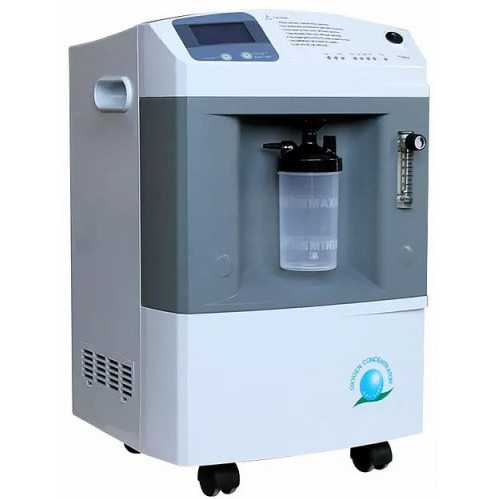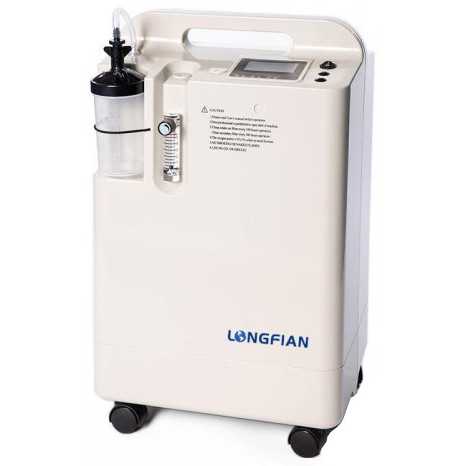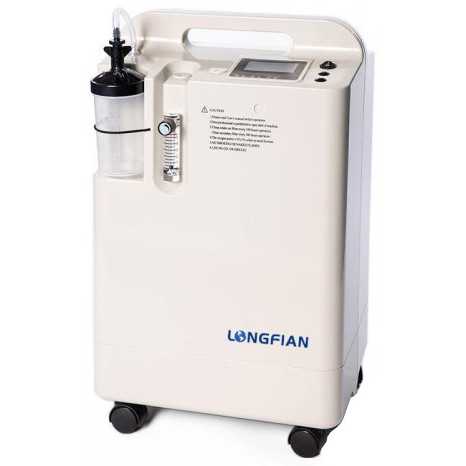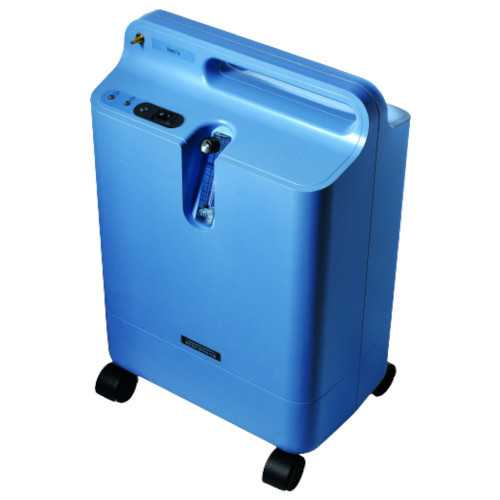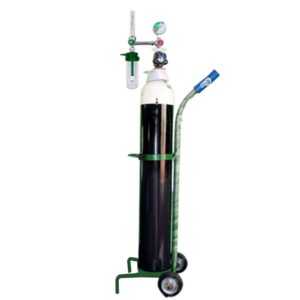Physiotherapy Treatment for sports injury

Physiotherapy Treatment for sports injury
physiotherapy treatment for sports injury
Sports injuries differ from regular injuries as they primarily affect athletes and occur during sports, training, or exercise. Factors such as overtraining, inadequate conditioning, and improper technique can lead to these injuries. Failing to warm up before exercising or participating in sports also heightens the risk. While sports injuries are commonly seen in athletes involved in physical sports, “weekend warriors”—those who engage in sports only on weekends—are often more susceptible. Their sedentary work week combined with sudden weekend physical activity can put additional strain on their bodies.
common sports injury
Here are some common sports injuries and their treatments:
Muscle Strain: A muscle strain, or pulled muscle, occurs when a muscle is overstretched and tears. Commonly affecting the quadriceps, calves, groin, lower back, and shoulder, it can be treated with rest, ice compression, and sports physiotherapy. Portea offers skilled sports physiotherapists who provide top-notch therapy sessions at home for fast recovery.
Torn ACL: The anterior cruciate ligament (ACL) stabilizes the knee joint. A torn ACL is very painful and limits walking ability, typically resulting from a direct impact to the knee or sudden changes in direction. This injury often requires surgery followed by sports physiotherapy. For quality sports physiotherapy, visit Portea and search for “sports physiotherapy near me.”
Torn MCL: The medial collateral ligament (MCL) connects the femur to the tibia and can be injured when the knee is pushed sideways. Treatment includes ice compression, braces, and sports physiotherapy under the guidance of a sports physiotherapist.
Shin Splints: This overuse injury affects the inside of the lower leg or shin, common among runners, especially those with flat feet.
Stress Fracture: Stress fractures are overuse injuries that occur when muscles can no longer absorb pressure, leading to fractures, usually in the lower legs and feet. Women athletes are more prone to this injury.
Plantar Fasciitis: Inflammation of the plantar fascia ligament connecting the heel to the front of the foot. Caused by excessive strain and stress, it is treated with rest, ice, non-steroidal anti-inflammatory drugs, and stretching exercises. Severe cases may require cortisone injections, sports physiotherapy, or surgery.
Sprained Ankle: This occurs when the ligament supporting the ankle is overstretched due to improper stepping or uneven surfaces. Treatment involves RICE (rest, ice, compression, elevation), but more severe cases may need a brace or cast.
Tennis Elbow: An overuse injury affecting the tendons on the outside of the elbow, common in racket sports players. Treatment generally includes rest and anti-inflammatory medications, though surgery may be necessary for severe cases.
Achilles Tendonitis: Inflammation of the Achilles tendon, located at the lower back of the leg above the heel. It is aggravated by physical activity and is treated with rest, ice, stretching, anti-inflammatory medication, and sports physiotherapy.
Other injuries like concussion, lower back injuries, runner’s knee, and hip bursitis also occur frequently in sports. Treatment often includes sports physiotherapy along with appropriate medication, which has proven effective for rapid recovery and remains a trusted approach in treating sports injuries.
types of sports physiotherapy
Physiotherapy for sports injuries, as outlined by experts, includes a variety of treatments tailored to the specific injury. The program typically consists of mobilizing exercises, strengthening exercises, pain relief techniques, and functional skills training. The primary aim is to enhance recovery by customizing the rehabilitation plan to meet individual goals and thoroughly monitoring progress.
the role of physiotherapy in rehabilitating sports injuries
Injuries can range from minor strains and sprains to more severe conditions like fractures and ligament tears. Regardless of the injury’s severity, physiotherapy is essential for effective rehabilitation.
Physiotherapists create treatment plans that incorporate exercises to enhance strength, flexibility, and range of motion, along with modalities such as heat or cold therapy to alleviate pain and swelling.
Beyond conventional physiotherapy, specialists may use advanced techniques like massage, taping, or dry needling to aid athletes in recovering swiftly and safely, facilitating a prompt return to their sport.
maximizing performance and minimizing risk through physiotherapy
Sports physiotherapy helps athletes recover from injuries while also improving performance and lowering the risk of future injuries.
This involves evaluating an athlete’s movement patterns, pinpointing imbalances or weaknesses, and creating a tailored program to address these issues.
Sports physiotherapists also provide guidance on proper nutrition, hydration, and recovery techniques to enhance performance and further reduce injury risk.

